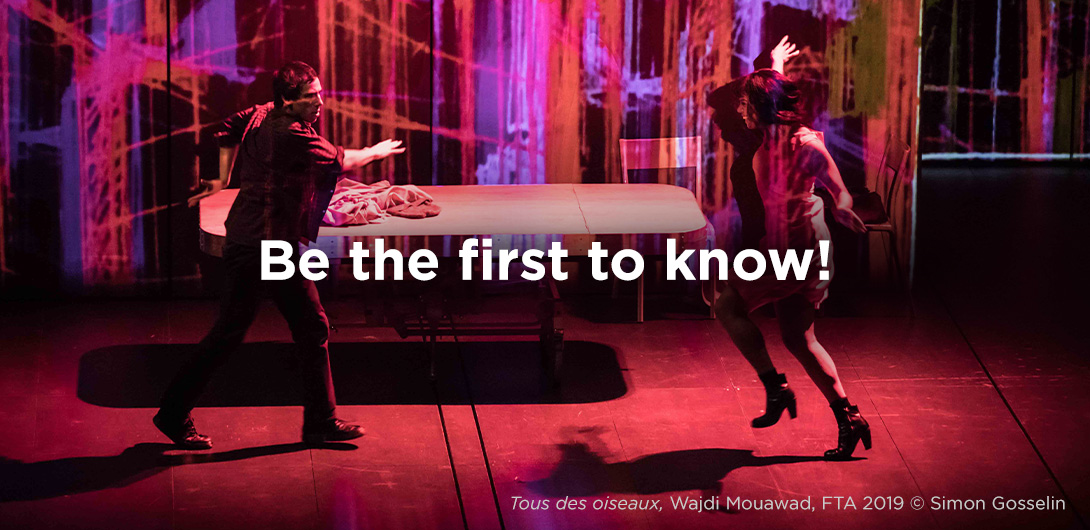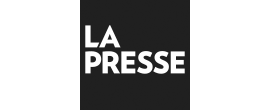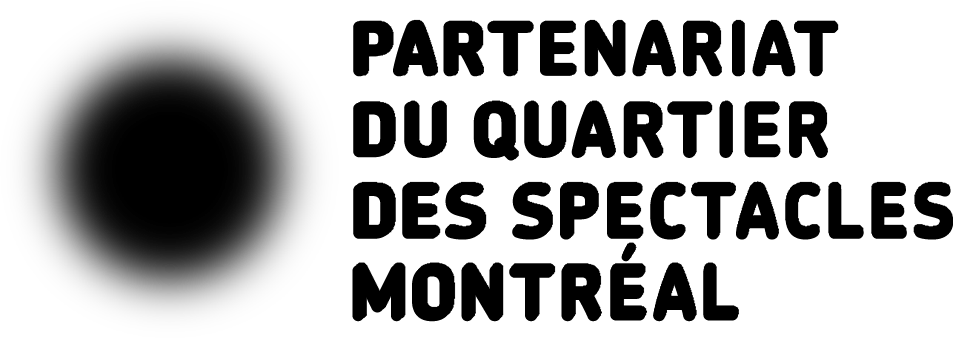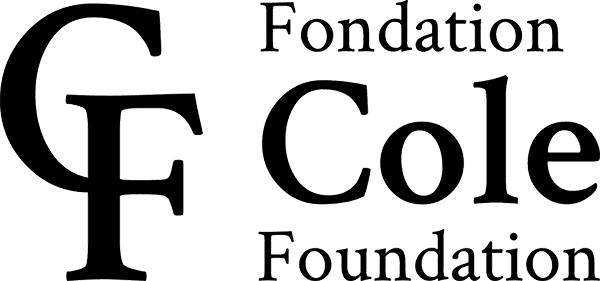The starting point of your work is the idea of the body as an archive. Could you tell us a little more about this subject?
When I think about the body as an archive one anecdote I usually offer is: thinking about how the direction that your eyelashes naturally grow, in part because of the way your ancestors were positioned in relation to the sun. The idea of body memory fascinates me. Like many, I’m convinced that nothing occurs in a vacuum. All the techniques I was taught and the different ways I conceive of my body, impact how I dance and make work. Even if a lot of my “official” dance training happened in Europe and America, intrinsically there is indigenous influences that come with what I make—all of it co-exists inside me. And in order to take back this deposit, which could be described as ontological, I have to redefine what an archive is and how to work with it.
In Rinse, you explore the idea of beginning, of the starting point. What is it about this notion that interests you?
When you’re trying to define certain concepts, very often you feel the need to locate the starting point of something. For example, the start of time, the start of feminism, of colonialism, of this or that religion, a war, etc. As an Indigenous person, this notion of the beginning has a particular resonance for me. In fact, the very idea that Indigenous people exist started at the time colonialization happened. Before colonizers gave them that designation: “Indigenous Australians”, who have been there for 65,000 years, we didn’t define ourselves as “Indigenous people” but simply as “people.” We were assigned that name, which comes from Latin and means “sprung from the land.”
It therefore occurred to me that often we conceptualize things at the moment when we have to differentiate them from something else.
I was really interested in understanding how these multiple beginnings are structured. When we ask about the impact of imperialism on people, places, or bodies, we think in terms of a duality: before and after. In reality, I don’t believe things are structured that way. The self is never divided in such a clear-cut way—we’re all hybrids, multiples, in numerous ways. In Rinse, I try to create an origin myth that reflects the multiple.
The textual element plays an important role in your show. How did the words come about?
I’d explored the combination of text and movement in previous work -but never in such an in-depth way. Actually, I didn’t think I would talk so much, and there was a lot of back and forth about it between me and my dramaturge and director Mish Grigor. But once I accepted the fact that the work was heading in that direction, I found a way to work on theses two elements: the physical and textual, and discovered how to incorporate them in my own way. They answer each other.
The words came naturally. At the start of the process, I tried to identify my recurring impulses as a dancer and find out where they came from. For instance, is it possible that I always move my ankles in a given way because I’ve often danced on sand in my life? Is this outward movement of my arm a trace of a specific piece for a specific choreographer? I spoke these hypotheses out loud while I was dancing them, looking for them in my body. What at first was only intended to identify movements ultimately became the subject of the piece. After that, I wanted of course to create two different stories between the body
Back to the show
